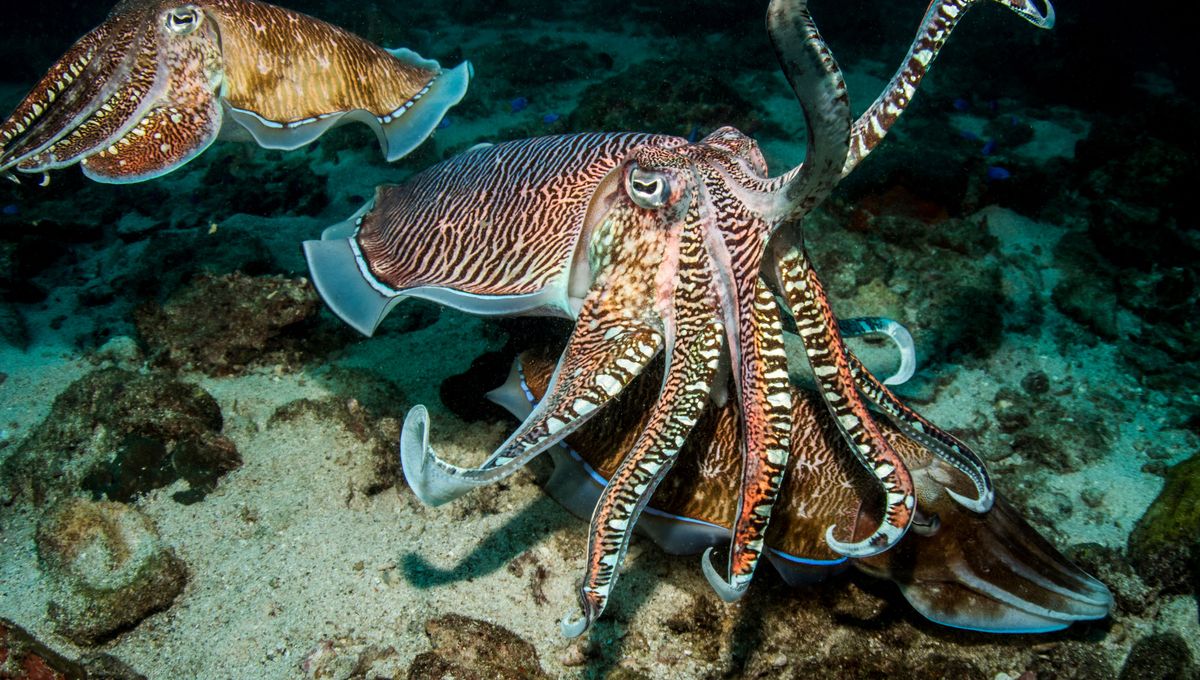
Researchers have unveiled new findings about the structural resilience of eggshells, revealing that the equator—the widest part of the shell—is the most flexible section and absorbs more energy during a fall than other areas.
The study, conducted using mechanical tests on eggs of various types, observed how eggs responded to impact forces at different angles and positions. The tests demonstrated that when an egg falls, the middle section, known as the equator, was better at dispersing energy, thereby reducing the chance of a crack forming. In contrast, impacts near the pointed or rounded ends of the egg were more likely to result in breakage.
This discovery sheds light on the natural design and evolutionary functionality of eggshells, which serve both as protective casings for developing embryos and as a biodegradable packaging method. Understanding the mechanics of eggshell fractures has potential practical applications, particularly in reducing food waste and improving material design inspired by nature.
These findings contribute to a growing body of research that examines how biological structures manage stress and optimize durability. The researchers hope this knowledge can be translated into the development of more impact-resistant packaging and materials in industries ranging from food shipping to engineering.
The study highlights once again how nature’s designs continue to inform and inspire innovations in material sciences and environmental design.
Source: https:// – Courtesy of the original publisher.





